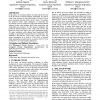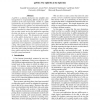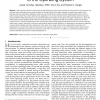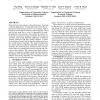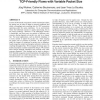144 search results - page 14 / 29 » Adapting cache line size to application behavior |
ISLPED
2003
ACM
14 years 20 days ago
2003
ACM
In this paper, we investigate methods for improving the hit rates in the first level of memory hierarchy. Particularly, we propose victim cache structures to reduce the number of ...
FAST
2010
13 years 9 months ago
2010
is a unifying abstraction that simplifies data management by encapsulating different physical representations of the same logical data. Similar to a quBit (quantum bit), the parti...
TC
1998
13 years 7 months ago
1998
—High instruction cache hit rates are key to high performance. One known technique to improve the hit rate of caches is to minimize cache interference by improving the layout of ...
IWMM
2004
Springer
14 years 23 days ago
2004
Springer
Heap size has a huge impact on the performance of garbage collected applications. A heap that barely meets the application’s needs causes excessive GC overhead, while a heap tha...
CCR
2004
13 years 7 months ago
2004
Current TCP-friendly congestion control mechanisms adjust the packet rate in order to adapt to network conditions and obtain a throughput not exceeding that of a TCP connection op...
